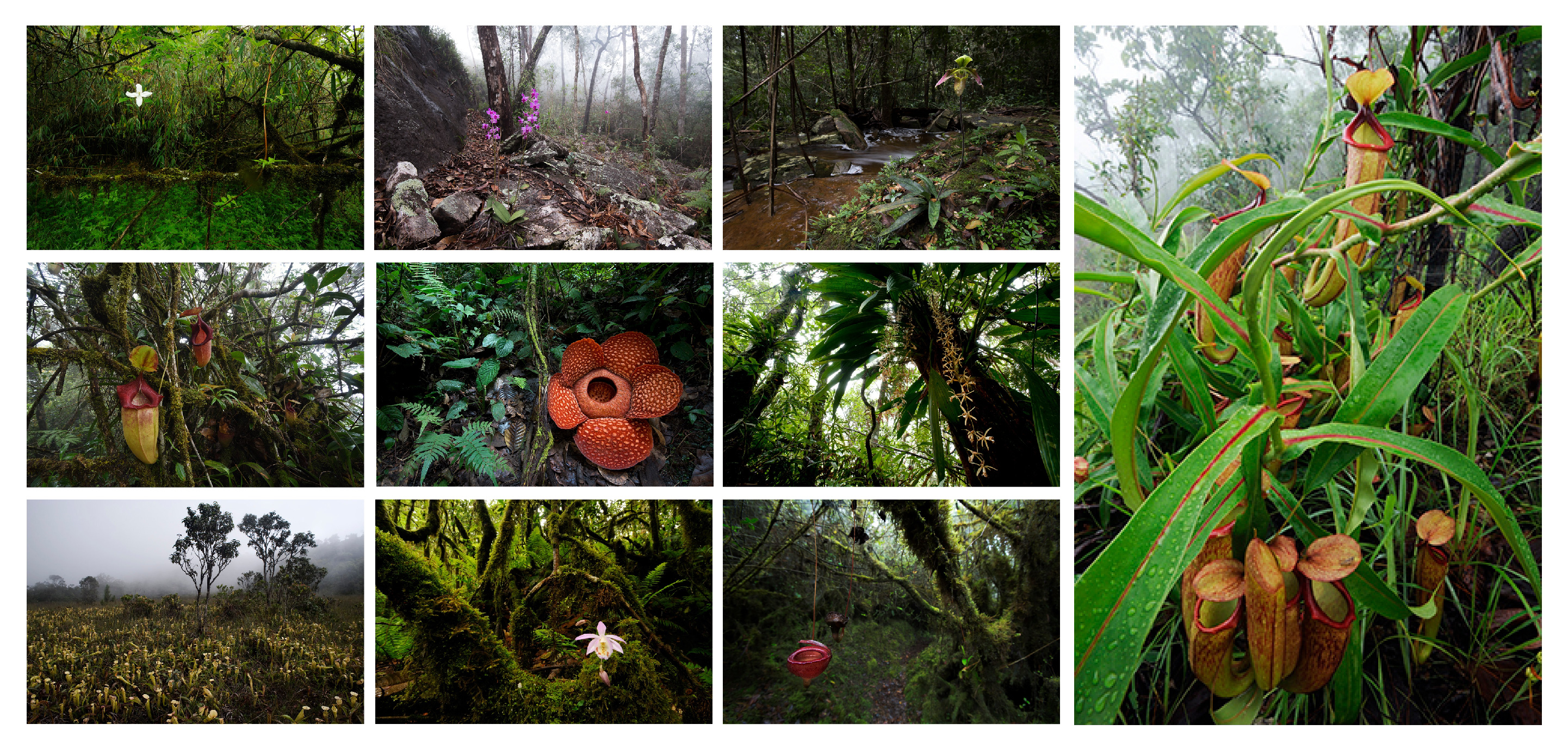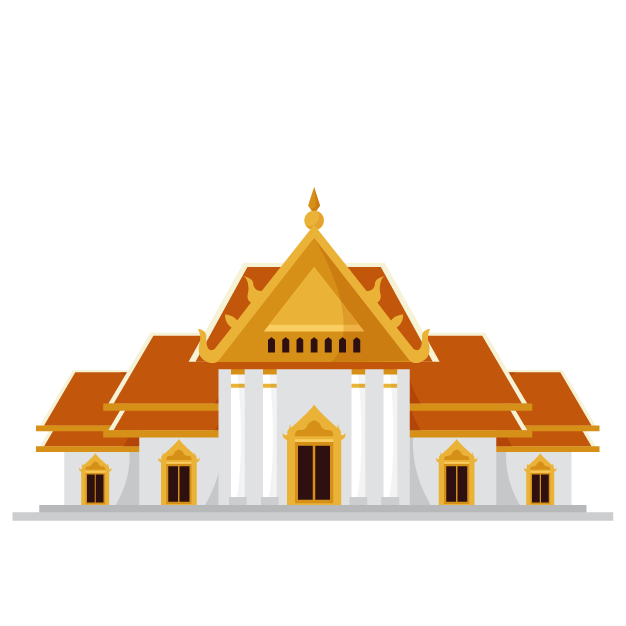Pray for Prey
Cambodia has lost 20 percent of its tree cover in the last two decades, according to Global Forest Watch data.
Each felled tree carries a story… a memory lost from a source of shelter and sustenance for animals and people.
This collection captures both the challenges of preserving our forests and the actions taken by empowered communities to retain them in the fight to secure our ecosystem and biodiversity.
From environmental journalists to conservationist photographers; accomplished artists to high school students, we hope these works express narratives rooted in the forests we need to survive.
Taken together, they represent small actions by forest communities, civil society groups, artist and activists brave enough to stand by the planet we all share,
Borrowing the word for forest in Khmer language, Pray for Prey is organized in three sections, which unspools a different thread of forest story depending where you start the exhibition.
1) The past of untouched nature > 2) The present clash > 3) Solutions for the future, or bottom-to-top 3) The defenders > 2) Against the problem > 1) Towards restoring the harmony Miguel Jeronimo
Cambodia Burning កម្ពុជាកំពុងឆេះ – 2020 Using a unique mix of drone cinematography and Cambodian poetry, Sean Gallagher's latest film explores the changes in Cambodia's landscapes, brought about by deforestation and forest fires, and the emotional impact it has had on Cambodian people. Deforestation has been accelerating across Cambodia and it is estimated that there is only three percent of primary forest left throughout the country. In 2018, fires burnt in record numbers throughout the forests of north and central Cambodia. At their peak during the dry season between January and March, it is estimated up to 1,800 fires were burning in the country, more than in any other country throughout Southeast Asia at that time. The main drivers behind deforestation in Cambodia are conversion of forest lands for agricultural use and targeted logging of valuable species, such as Rosewood, for Asian furniture markets.
PAST
The past of untouched nature ~ Towards restoring the harmony
PRESENT
The present clash ~ Against the Problem
Miguel Jeronimo | Vicent Romera | Dahlia Phirum | Andy Ball
FUTURE
Solutions for the future ~ The defenders
Roun Ry | Hour Seyha | Wildlife Alliance | Lucky the Artist Elephant | Sao Sreymao | Sam Daro | Uddam Pen & Samia Singh
PAST
The past of untouched nature ~ Towards restoring the harmony
JEREMY HOLDEN

Plants in Landscape, 2022 | Photographs
“I am a professional photographer, working mostly in the conservation field, but find an
interest in
many things.
I could happily wear this line of Annie Dillard as a slogan: 'I am a fugitive and a
vagabond, a sojourner seeking signs.'”

- Jeremy Holden
JANICE SENG

Trees support each other to stay alive: For instance by surrounding their roots to a stump of a fallen tree and pumping sugar into it.


Trees are a collaborative community: Working together to protect each other against the weather, sharing nutrients and water, behaving as one organism in order to survive.


Trees warn each other about danger: When an animal bites its leaves it produces a toxic substance to avoid being eaten, a signal that nearby trees feel and replicate.


Trees actually feel pain: They produce chemical compounds and other defense mechanisms when being eaten, a sort of crying out like we would see in animals.


Mother trees nurture their offspring: Certain species protect smaller trees surrounding them with their crown to give the shade needed to grow slower, as a mechanism for them to grow older. Their mother instincts also express themselves in underground fungal networks that they use to feed nutrients to their 'babies'.


Trees sort of have their own language: A study in Australia showed that roots were cracking from grain seedlings at 220 hertz, with other seedlings copying the same frequency if exposed to that sound.


Trees “shout” when they're thirsty: Through vibrations through their trunk, their suffering from lack of water can actually be heard on the ultrasonic spectrum.


Trees store carbon dioxide, crucial to fight climate change: Up to 22 tons in their trunks, branches and roots. This means that a hectare of tropical forest can offset a yearly emission of 250 cars, and the number rises to more than 400 cars in moist temperate forests.


Trees are connected to their own internet: Many types of forest have a sort of internet that scientists call “Wood Wide Web”, underground connections between its roots which include as well fungi and bacteria. A sort of social network with almost 500 million years of age!


Cambodia was actually the first country in Southeast Asia to officially designate a forest a protected area: In 1925, more than 10,000 hectares around the Angkor temple complex was declared a national park. Between 1925 and 1975, the country created six national parks covering about 12% of its land. But unfortunately, if we count the last two decades, 22.000 km2 of the country's forest cover was lost.

“I'm Janice, a Cambodian illustrator and designer based in Phnom Penh and Melbourne. I enjoy creating colorful works that are inspired by nature, everyday life, and nostalgia. Currently, I'm a first year communication design student at Swinburne University of Technology in Melbourne, Australia.”

 @jnckms
@jnckms